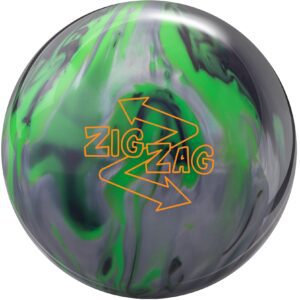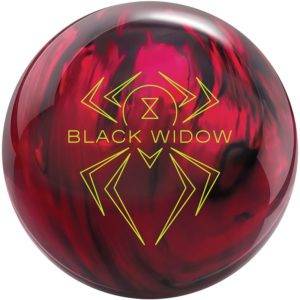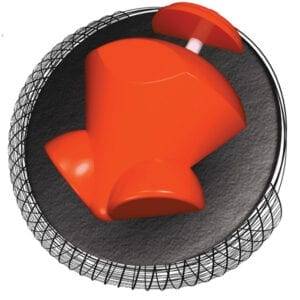Bowling How To's & Buyers Guides, Bowling News, Bowling Tips & Coaching Articles, Editorials, Entry Level Bowling Tips
Comparing the World Bowling Scoring Method to the Traditional Bowling Scoring Method

Bowling, a beloved sport enjoyed worldwide, has an intricate scoring system that adds a layer of strategy and excitement. Over the years, the traditional bowling scoring method has been the standard. However, the World Bowling Tour introduced a new scoring system aimed at making the sport more appealing and comprehensible for spectators. Let’s take a deep dive into these two scoring methods and explore their pros and cons.
Traditional Bowling Scoring Method
In the traditional bowling scoring system, a game consists of 10 frames. For each frame, a bowler gets two chances to knock down all ten pins. A strike (knocking down all pins in the first attempt) is scored as 10 plus the total knocked down in the next two rolls, while a spare (knocking down all remaining pins in the second attempt) is scored as 10 plus the number of pins knocked down in the next roll.
Pros
- Strategic Play: The addition of bonus points for strikes and spares adds an element of strategy. Players must think ahead and consider their next moves based on their current score.
- Rewarding Skill: This method rewards skilled bowlers who can consistently bowl strikes and spares, as they can accumulate high scores quickly.
Cons
- Complexity: The traditional scoring method can be confusing for those unfamiliar with the rules. The addition of bonus points can make calculating scores tricky.
- Slow Pace: The need to wait for subsequent rolls to calculate the score for strikes and spares can slow down the game’s pace.
World Bowling Scoring Method
The World Bowling scoring method maintains the traditional 10-frame format but changes how points are awarded. A strike is worth 30 points, a spare is worth 10 points plus the pinfall of the next ball, and an open frame is just the total number of pins knocked down.
Pros
- Simplicity: This method simplifies scoring. There’s no need to wait for subsequent rolls to calculate the score, making it easier for spectators to follow.
- Fast-Paced: The game moves along more quickly, as scores are calculated immediately after each frame.
Cons
- Less Strategy: The removal of bonus points for strikes and spares reduces the strategic element of the game.
- Less Rewarding: Skilled players who consistently bowl strikes and spares may not be as highly rewarded under this system.
In conclusion, both scoring methods have their merits and drawbacks. The traditional method rewards skill and encourages strategic play but can be complex and slow-paced. On the other hand, the World Bowling scoring method offers simplicity and a faster pace but may lessen the game’s strategic element and the reward for skilled play.
Which method you prefer may depend on your bowling skills, whether you’re a spectator or a player, and your personal taste in sports strategy. Either way, the love of the game remains the same.

















































































Both articles on the World Bowling Scoring Method ignored another strength of the World Bowling Method – fairness. In regular scoring a bowler can roll strikes on every shot but one and, depending on which frame it happens in, he can have 5 different scores (279, 290, 280, 289, 299). Whereas in WBS no matter which frame you don’t strike in you get the same score. Shouldn’t two competitors who each throw 9 strikes and 1 spare end up with the same score? The WBS makes competitive bowling fair.